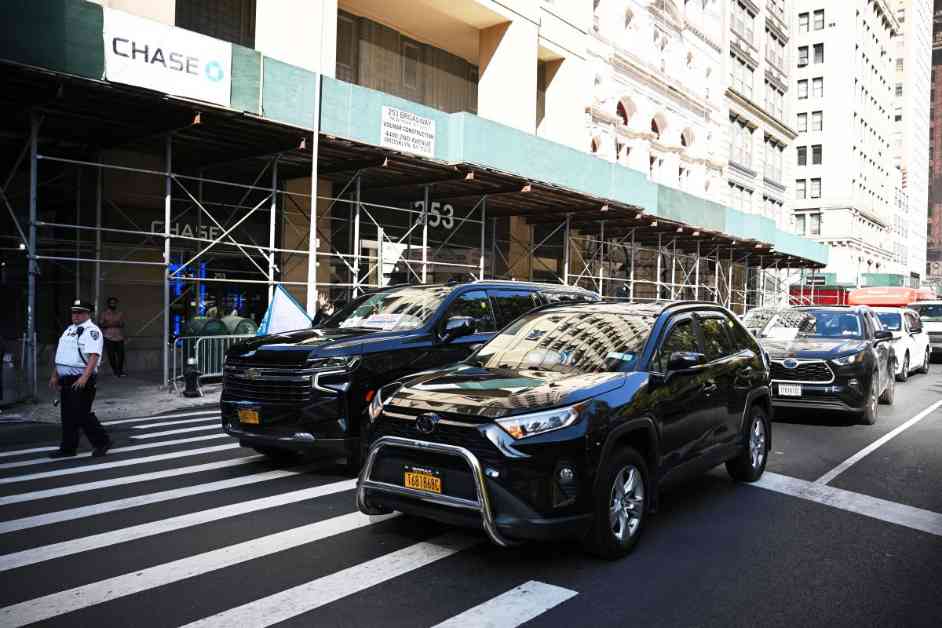Uber has issued a warning that they might have to lay off a significant number of drivers in New York City if the Taxi & Limousine Commission (TLC) decides to increase minimum pay standards. The rideshare giant argues that the current minimum pay rules have made their service more expensive, resulting in a decrease in trip volume. According to Uber, further pay increases could lead to many drivers losing their ability to use the app.
The company has not specified the exact number or percentage of drivers that could be affected by these potential layoffs. However, a spokesperson mentioned that depending on the size of the pay increase, thousands of drivers could be permanently deactivated from the app.
Uber is already pushing for a reduction in the “per-mile” rates paid to drivers by 6%, citing lower costs for gas and used cars, as well as an overall decrease in inflation compared to previous pay schedules. The company also accuses New York City and State regulators of imposing disproportionately high taxes and fees on riders, with 13.9% of fares going towards these charges compared to lower percentages in other cities like Chicago and Boston.
In addition to the financial implications, Uber has criticized the utilization rate model used in New York to determine driver pay. The company claims that the model, which measures how much time drivers spend carrying passengers, allows the app to pay lower rates to drivers. Both Uber and Lyft have called for a revision of the driver pay formula and have been accused of locking out drivers to manipulate the utilization rate.
The Taxi & Limousine Commission is expected to announce new pay standards and rules to prevent lockouts by the end of the year. The agency has hired an independent analyst to study driver expenses and has dismissed Uber’s claims as “cherry-picked data.” Driver advocacy groups have also spoken out against Uber, accusing the company of exploiting workers and attempting to avoid paying a fair wage.
Overall vehicle expenses have increased, while the percentage of fares paid to drivers has declined since 2019, according to TLC data. Driver groups have reported reduced earnings, increased stress, and financial difficulties during the lockouts, highlighting the challenges faced by drivers in the rideshare industry.
As the debate over minimum pay standards for rideshare drivers continues, the future of thousands of drivers in New York City hangs in the balance. The decisions made by the TLC will have a significant impact on the livelihoods of drivers and the accessibility of rideshare services in the city.

